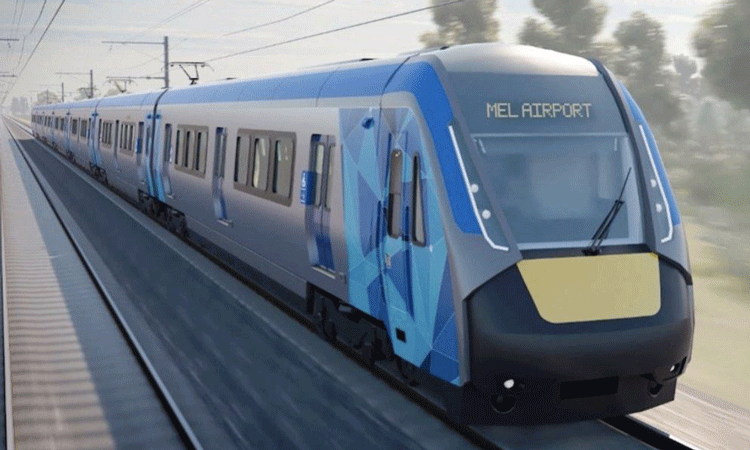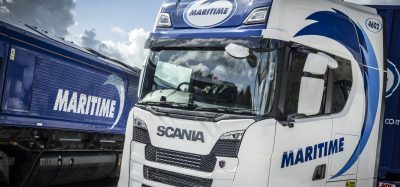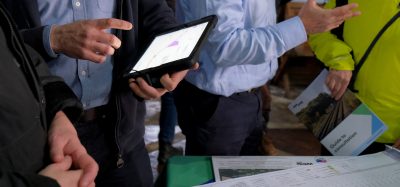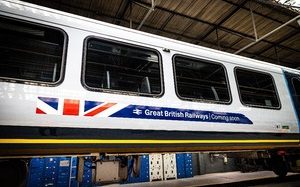Funding approved for construction of the Melbourne Airport Rail Link
Posted: 18 March 2019 | Global Railway Review | No comments yet
The Melbourne Airport Rail Link (MARL) project is set to become a reality, as the Victorian and Commonwealth Governments formally sign-off on the project, with construction due to commence in 2022.


Australian Prime Minister, Scott Morrison, and Victorian Premier, Daniel Andrews, announced the signing of the Heads of Agreement on 13 March 2019, setting out the strategic objectives, governance arrangements and information sharing processes for the $10 billion joint commitment.
Scott Morrison said: “For decades Victorians have talked about a train line to the airport. We are delivering it. In last year’s Budget we made a $5 billion investment in the Melbourne Airport Rail Link, it was the biggest infrastructure commitment in the Budget. Melbourne is truly a global city that deserves world-class infrastructure. The Rail Link is part of our plan to bust congestion across the city and get people home faster and safer.”
A project team will be established to drive the development of a full Business Case for the project, which will not only connect Melbourne Airport to the rail network for the first time – but also integrate it with the Metro Tunnel and the future Suburban Rail Loop, and pave the way for fast-rail to the regions.
Daniel Andrews said: “The Melbourne Airport Rail Link has been talked about for far too long – we’re doing the detailed planning and development work to make it a reality. By choosing the Sunshine route, we are ensuring all Victorians can benefit from the rail link, including people living in Geelong, Ballarat and Bendigo. As we complete the business case, we’re also doing the work needed to deliver fast rail to the regions.”
Melbourne Airport is a key part of Victoria and Australia’s economic growth. In 2016-2017, it handled more than 35 million passenger movements and it is expected to almost double to more than 67 million by 2038, as Victoria’s population continues to grow and demand increases. The Melbourne Airport Rail Link will alleviate congestion on the Tullamarine Freeway (the main road connection to the airport) and unlock capacity for the growing population in Melbourne’s north-west.
Minister for Cities, Urban Infrastructure and Population, Alan Tudge, commented that following the successful widening of the Tullamarine Freeway, the airport link would bust congestion for generations to come. “This is a critical project for Melbourne. It will make it easier for residents and make our city more attractive to visitors. When complete, someone in Pakenham, Frankston or Ringwood will be able to get onto the train, and be at the airport in the time it would have taken to drive, but without having to worry about parking.”
Victorian Minister for Transport Infrastructure, Jacinta Allan, said: “We’re building the Metro Tunnel, removing dangerous level crossings and getting on with the Melbourne Airport Rail Link. This is not just about getting from the airport to the city – it’s about better connecting our suburbs and regions, so people have better services wherever they live.”
Planning and development of the MARL Business Case is already well underway. Rail Projects Victoria has engaged expert technical and commercial advisers for the project, and ecological, traffic and geotechnical investigations have begun. Early market engagement on the MARL attracted submissions from more than 100 local and global organisations. Further market sounding will be undertaken to assess equity partners, private sector involvement, financing arrangements and other matters.
A reference group including community, industry and local government representatives will be established to provide guidance and feedback to the project team as the Business Case is developed.
The State and Federal Governments have committed up to $5 billion each to deliver MARL. The total cost of the project is estimated to be in the range of $8-13 billion, with construction to take up to nine years and due to commence in 2022. The Business Case will be delivered by 2020 and will assess station and procurement options, value capture and creation opportunities, and economic analysis of the recommended solution.
Related topics
Airport Rail Links, Infrastructure Developments, Track Construction








